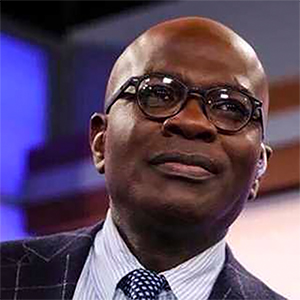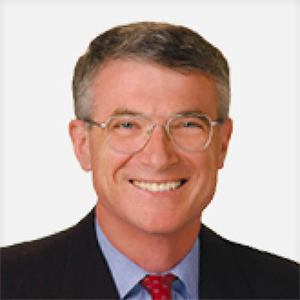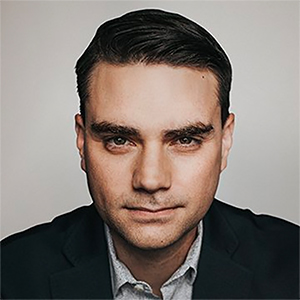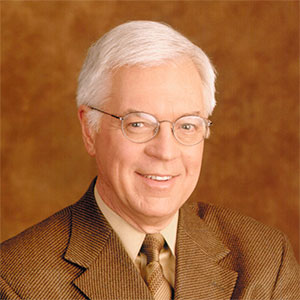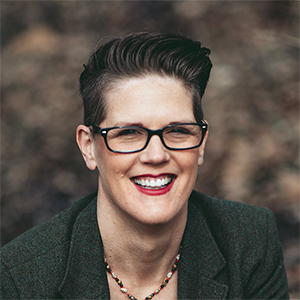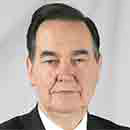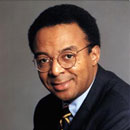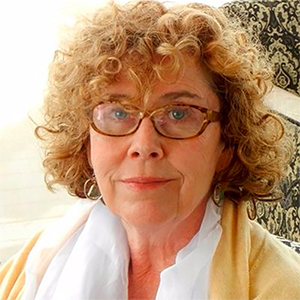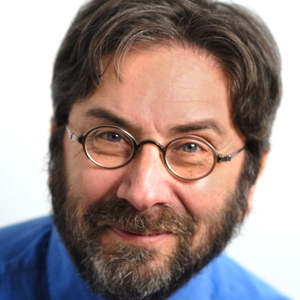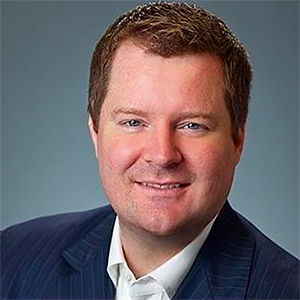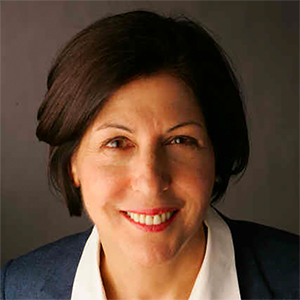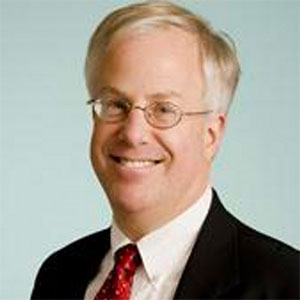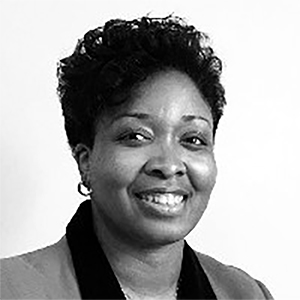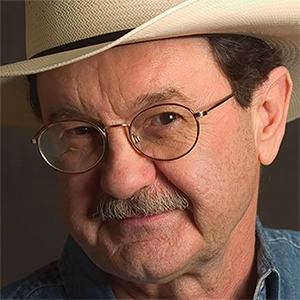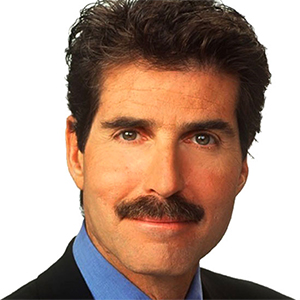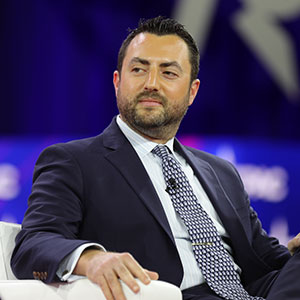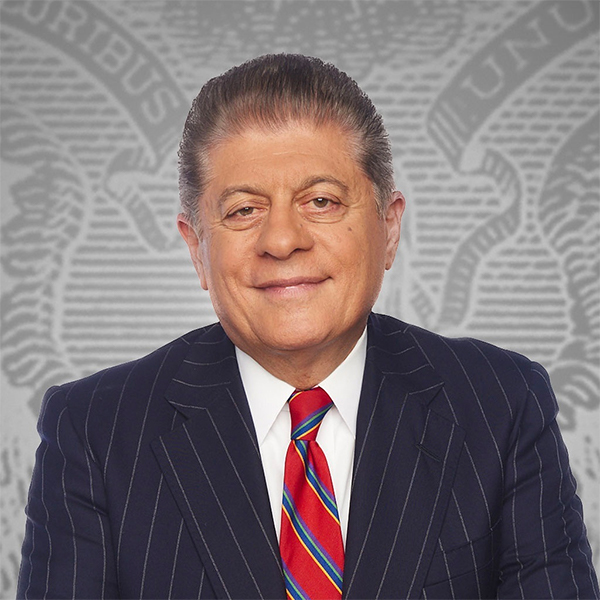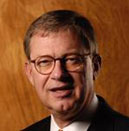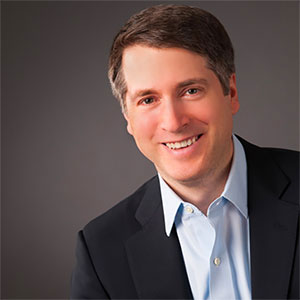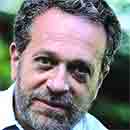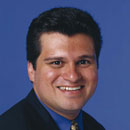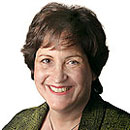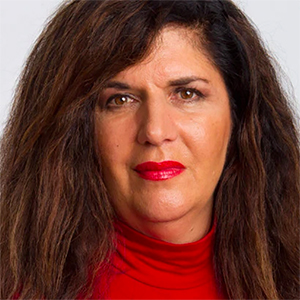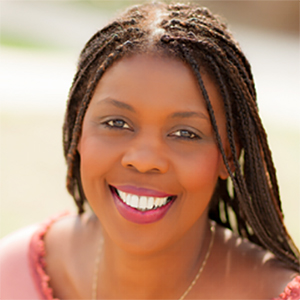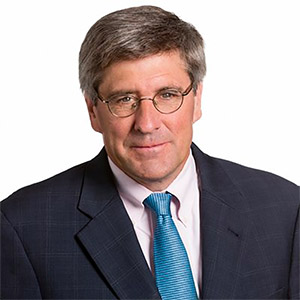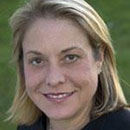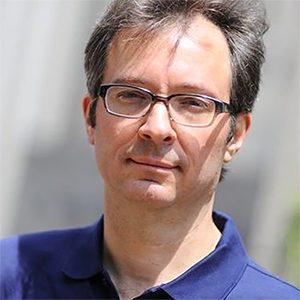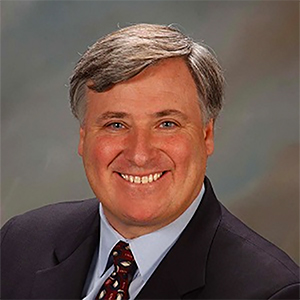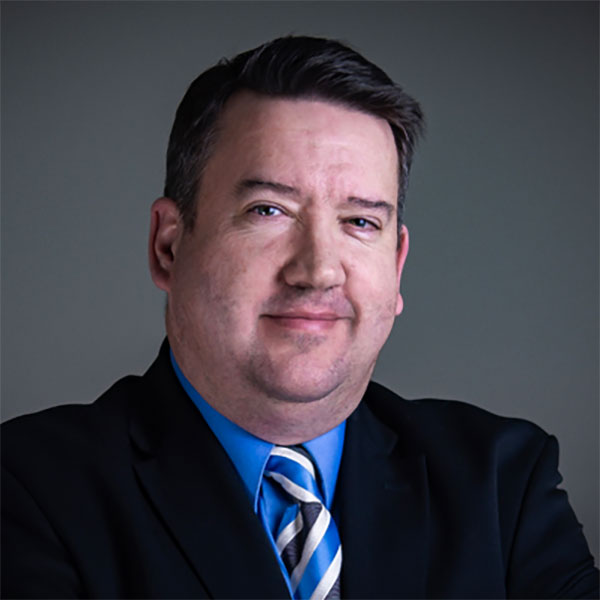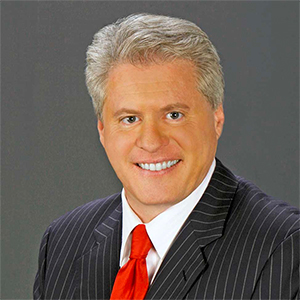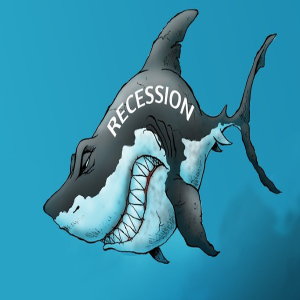Politics
/ArcaMax
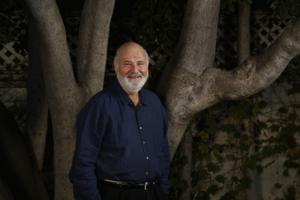
Gustavo Arellano: With his un-Christian Rob Reiner insults, Trump proves he's the real 'Meathead'
Let the annals of this country show it was the murder of a Jewish couple on the first night of Hanukkah that showed how profoundly un-Christian Donald J. Trump is once and for all.
The prosecution rests, and there can no rebuttal: We are a nation led by President Meathead.
Except unlike the character of the same name famously played by Rob ...Read more

LZ Granderson: Go ahead. Make parenting mistakes
I had dinner with my son recently, and as tends to happen with us, we started talking about Quentin Tarantino's two-part masterpiece, "Kill Bill." We fell in love with the movies when they were released more than 20 years ago, when my son was in elementary school, and we have seen them countless times. My son had bought tickets to see the ...Read more

Editorial: Rob Reiner's brilliance earned his place in the pantheon of American culture
It doesn’t matter where you live, what you do for a living or what your politics are. When someone asks you to list your favorite movies, there’s a good chance that a Rob Reiner film makes the list. When someone asks you for a random movie quote, it’s even more likely that a Reiner movie will power the next words you say, from “I’ll ...Read more

Commentary: Dick Van Dyke shouldn't be the exception -- Helping America's seniors stay engaged
The fact that Dick Van Dyke turned 100 on Dec. 13 is remarkable enough. But the entertainment icon hasn’t simply made it to the century mark; he’s remained purposefully engaged in life and with those around him: acting, dancing, mentoring younger performers, and spreading joy to millions.
Van Dyke is a reminder that aging does not diminish ...Read more
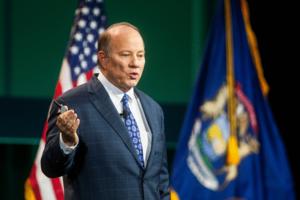
Commentary: Democrats and Republicans should each support some Independents
The Democratic Party sent a strong message to President Donald Trump and the Republican Party in the 2025 elections, but ironically one part of their overall strategy forward should be to support Independents in House and Senate races where the chances of victory for a Democratic candidate are low.
Double irony: Republicans should employ the ...Read more
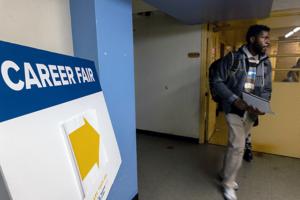
Commentary: America chugs along in a 'K-shaped' economy
People are talking about America’s “K-shaped economy,” so named because charts show different sectors’ fortunes diverging like the two arms of that letter. Recently, for example, data services firm ADP reported 32,000 lost U.S. jobs in November — a sharp reversal from October’s 47,000 gain, but not unexpected. But within that data, ...Read more
COUNTERPOINT: It's real, and it's spectacular
So there’s a scene in one of the old “Star Trek” movies in which James Kirk is trying to persuade the bad guy to beam Spock onto his ship. When the bad guy refuses, Kirk asks why. “Because you wish it!” he replies.
Message: Opposing something reasonable simply to show opposition is what bad guys do.
I am reminded of this on an ...Read more
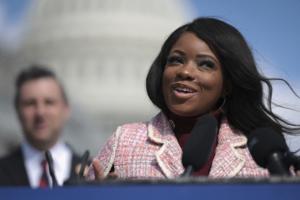
Commentary: The Democrats are already blowing up their chances in the Senate
Just when you thought Democrats might be on track to claw back the U.S. Senate next year, they decided it would be much more exciting to fling themselves head first into a cactus.
I’m talking about the Texas Democratic primary, where Rep. Jasmine Crockett, a progressive firebrand who just jumped into the race, is now the presumptive ...Read more
POINT: Is Trump derangement syndrome real?
The term “Trump Derangement Syndrome” is often used by supporters of President Donald Trump to discredit virtually any criticism of him. It is a convenient slur because it allows someone to sidestep the actual criticism of Trump by suggesting that the person making the criticism is mentally flawed.
In fact, a “deranged” person is worse ...Read more

Mark Z. Barabak: In disparaging Reiner, Trump shows the shriveled heart of an us-versus-them presidency
When word came of Rob Reiner's senseless death, America fell into familiar rites of mourning and remembrance. A waterfall of tributes poured in from the twin worlds — Hollywood and politics — that the actor, director and liberal activist inhabited.
Through the shock and haze, before all but the sketchiest details were known, President ...Read more

Commentary: What Democrats can learn from the British left under Margaret Thatcher
U.S. politics this coming year will be defined by the midterm elections, and if current trends continue, Democrats could take back Congress.
According to recent Marist polling, Democrats lead by 14 points on the national ballot question, while President Donald Trump’s approval rating is at a new low of 36%.
The question is whether, and how, ...Read more
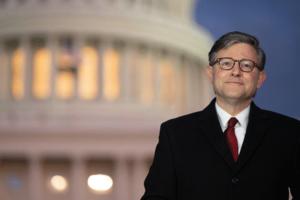
David M. Drucker: Johnson is an ironic target for Republicans
Mike Johnson, speaker of the House of Representatives, is under fire from all directions — from Democrats, naturally, but also from fellow Republicans angry with him for, well, just about everything.
My bill didn’t pass: Blame Johnson. My bill was ignored: Blame Johnson. The perennially broken appropriations process is still broken: Blame ...Read more
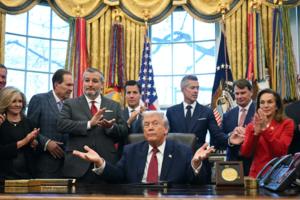
Abby McCloskey: What the GOP accomplished with all that power
“What a decade this year has been.” That’s how a friend in Washington described 2025 to me. The last 12 months saw a flurry of activity as Republicans in the White House and Congress worked to enact President Donald Trump’s agenda before he reaches “lame duck” status. The result was a swirling mix of policy highs and lows that — ...Read more

Commentary: Donald Trump is conducting a secret war
Covert operations are nothing new for the United States. Throughout its history, the U.S. has overthrown governments it didn’t like, supported insurgencies to complicate the goals of its adversaries and organized coups to subvert politicians perceived as being hostile to American interests.
The list of examples is long: to name just a few, ...Read more
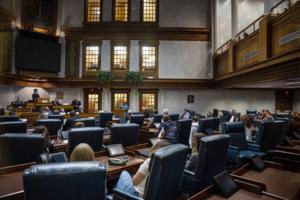
Editorial: Indiana puts mid-decade redistricting worries to bed. Good, now we can move on
We’ve been known to give Indiana a hard time, and rightly so over harebrained ideas such as aiding a portion of downstate Illinois in an effort to redraw state lines. Not so today.
Instead, we’d like to applaud the independence and fortitude shown by so many state lawmakers who stood up last Thursday against threats and intimidation. It’s...Read more

Commentary: What Democrats can learn from the British left under Margaret Thatcher
U.S. politics this coming year will be defined by the midterm elections, and if current trends continue, Democrats could take back Congress.
According to recent Marist polling, Democrats lead by 14 points on the national ballot question, while President Donald Trump’s approval rating is at a new low of 36%.
The question is whether, and how, ...Read more

Commentary: America needs even more billionaires fueled by the American Dream, not fewer
As New York Mayor-elect Zohran Mamdani’s inauguration looms, the wealthiest Americans are being targeted as a rallying cry. In recent weeks, Mamdani’s criticism of millionaires and billionaires has been echoed by Sen. Bernie Sanders, megamillionaire singer Billie Eilish, and even an entity called “Patriotic Millionaires,” which demands ...Read more
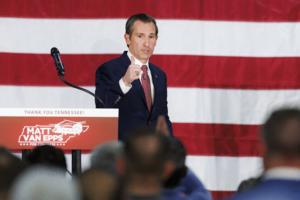
Editorial: Make federal minimum wage great again
Democrats may not have pulled off the political upset of the 21st century in the recent special election in Tennessee, but Republican Matt Van Epps’ single-digit margin of victory in a much-watched Seventh District congressional race should give his party pause.
The GOP candidate should have won by at least twice as much, given the district�...Read more
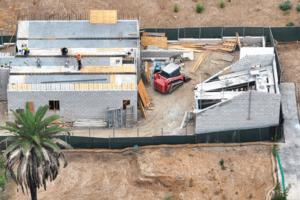
Commentary: Closing the labor-force gap is the only fix for the housing crisis
America’s housing crisis is no longer a looming threat: It’s here. Across the country, home prices and rents have climbed beyond reach for millions of families. While many factors play a role, from zoning laws to inflation, one root cause is often ignored: We simply don’t have enough construction workers to build the homes America needs.
...Read more

Editorial: A weekend of hatred hat tears at the soul
The heart-wrenching news over the weekend came in waves, a tsunami of senseless tragedy and calculated malevolence. Two dead and several others wounded in a mass shooting at Brown University in Rhode Island; two U.S. national guardsmen and an interpreter ambushed and murdered in Syria; 15 dead and 40 wounded after a terror attack in Australia ...Read more


